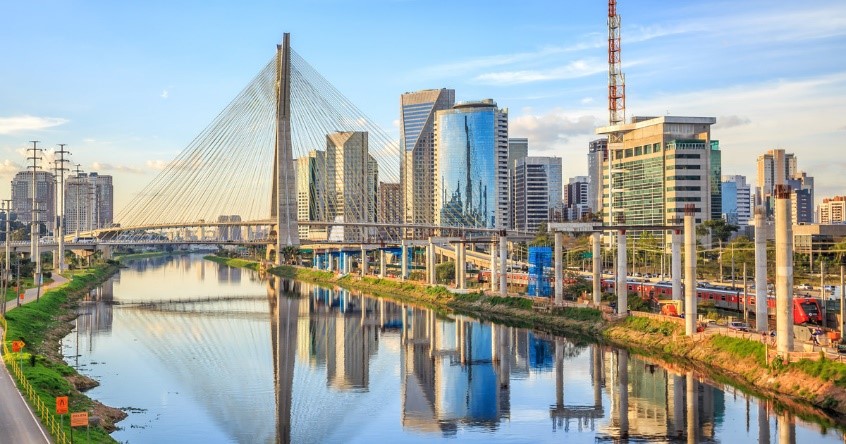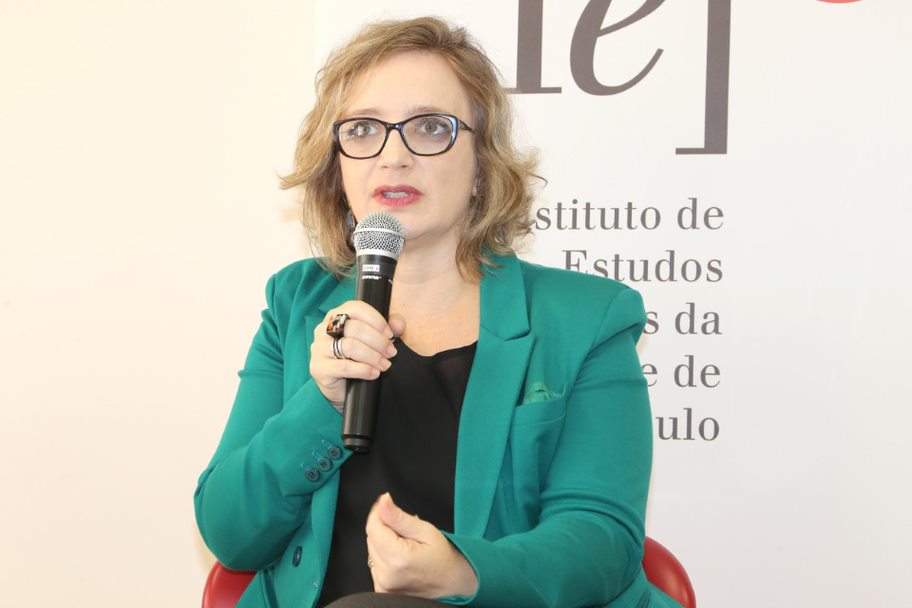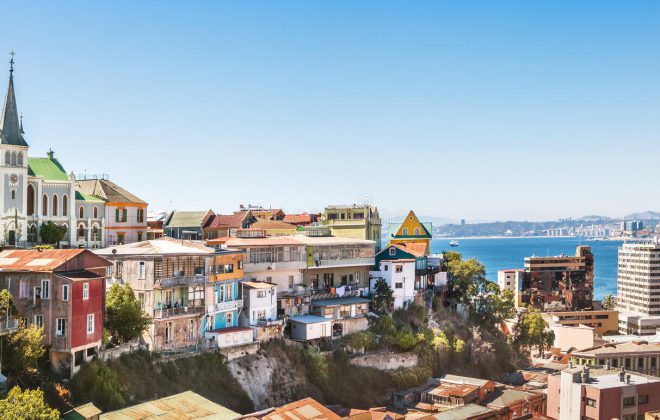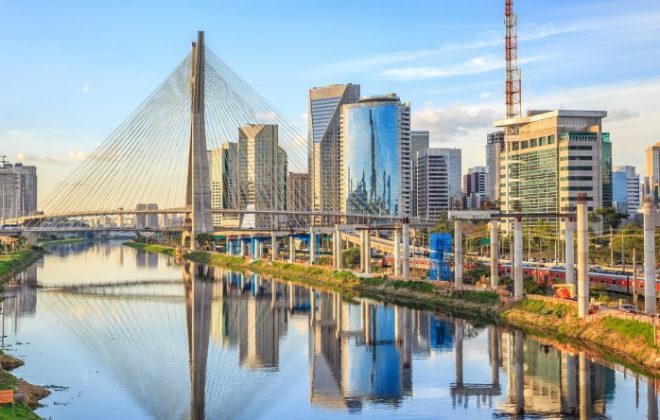Inclusive Urban Sidewalks in São Paulo
Roberta Consentino Kronka Mülfarth – Associate Professor at the School of Architecture and Urban Planning of the University of São Paulo (FAU - USP)
The pandemic state declared by the World Health Organization (WHO) in March 2020, due to the SARS-CoV-2 virus, better known as “COVID-19”, despite initially restricting the dynamics of use of urban spaces, offered, on the other hand, the possibility of rebirth of such spaces in many cities.
Although the beginning of the 21st century was marked by the predominance of the world population living in cities, it's safe to say that in some cases, erroneous policies, which favored individual automotive transport, were common and put pedestrians on the back burner. In Latin America, this situation was seen earlier, with Argentina, Chile, and Brazil having most of their population living in cities already in the 1950s and 1960s.
However, living in an urban environment does not necessarily mean, in the case of those cities, enjoying urban environments that provide quality for pedestrians.
In Brazil, the 60's marked the predominance of the population in urban areas; today, this number corresponds to 86.6% of the total. It's worth noting that nine of the main Brazilian Metropolitan Regions concentrate 30% of the urban population, while 70% of Brazilians are concentrated in 10% of the territory (MCIDADES, 2004).
The quality of urban life is directly linked to collective well-being, which is achieved through concepts such as environmental comfort and “walkability” of users of urban spaces. To analyze the pedestrian's experience, it's necessary to study and systematically analyze the walking routes taken daily by the urban population, taking into account physical and subjective aspects of the pedestrian's perception.
Defined in different ways by different authors, the term “walkability” is multidisciplinary and still under construction, as the multiple variables in the urban environment that affect this term have not been fully validated yet. Walkability is characterized as a measure and indicator of the quality of the place in favor of the pedestrian. Considering the quality of urban life, it may be said that it involves both the presence of people on the sidewalk/street, generating actions and activities from the use of urban spaces, and the quality of an environment according not only to the physical qualities of the space, but, above all, to the perception of that same space by different people. In other words, walkability lies between the urban nature of cities and the human nature of pedestrians.
The importance of the participatory AI for Inclusive Urban Sidewalks project, a partnership of the Global Initiative for Inclusive Information and Communication Technologies (G3ict), Taskar Center for Accessible Technologies (TCAT) of the University of Washington, and Microsoft, in which I participate with a group of undergraduate and graduate students from the School of Architecture and Urban Planning of the University of São Paulo (USP), is to enable the possibility of a more inclusive city for all users of the city of São Paulo.
Participating in this project, which aims to encourage the use of the city and allows for the exercise of citizenship and the right to enjoy the urban environment, is of paramount importance to face the current problems in cities, and mainly, a great step towards the rebirth of urban spaces in the post-pandemic period.
Upcoming Events
There are no upcoming events.






